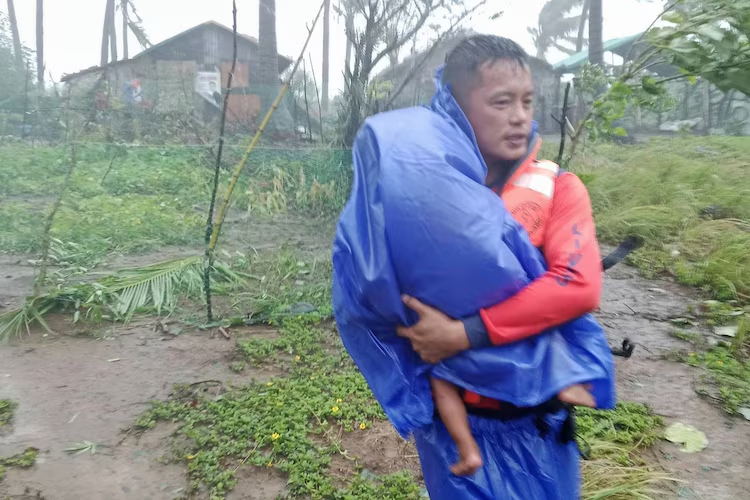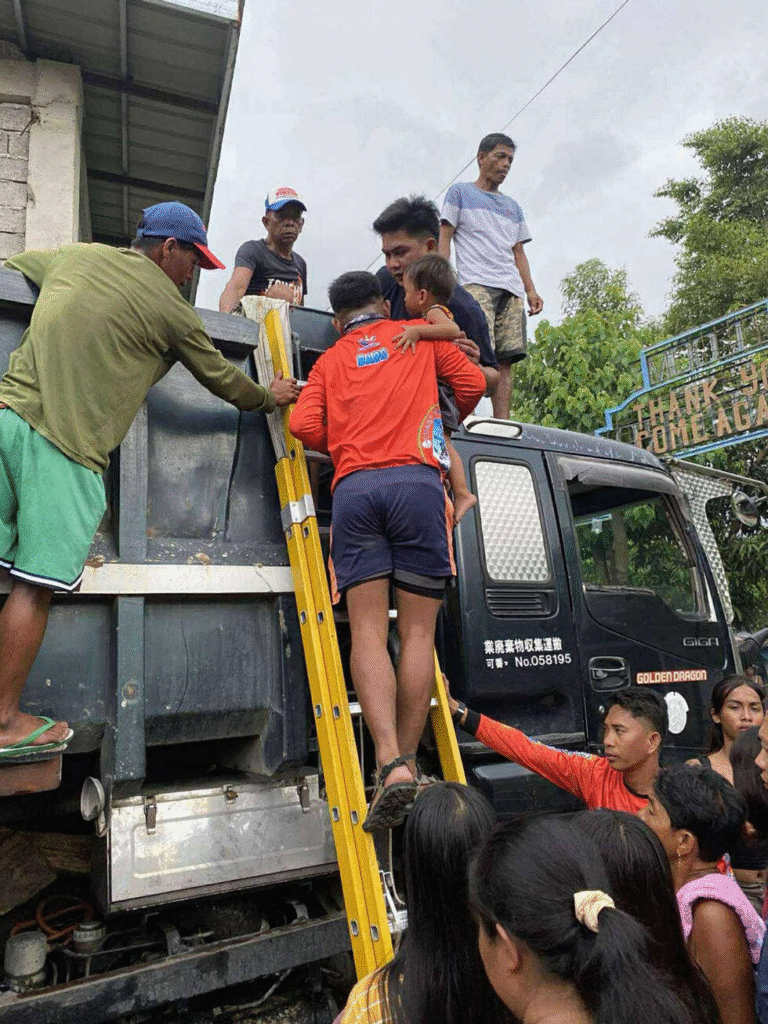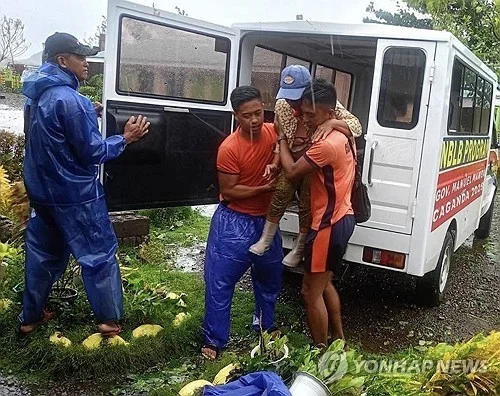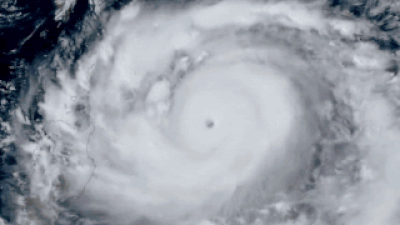Super Typhoon Ragasa Forces Closure of 1,500+ Schools and Businesses in China; 200,000 Evacuated Across Philippines and Taiwan – Top 2025 Developments
Super Typhoon Ragasa wreaks havoc in 2025, forcing closure of over 1,500 schools and businesses in China, while 200,000 people are evacuated across the Philippines and Taiwan. Stay updated with top developments
Super Typhoon Ragasa, one of the most powerful storms of 2025, has wreaked havoc across East and Southeast Asia, prompting mass evacuations, school closures, and business shutdowns. Authorities in China, the Philippines, and Taiwan have taken extraordinary measures to mitigate the impact of the typhoon, which has already caused widespread flooding, disrupted transport, and posed serious threats to public safety.
Ragasa, classified as a Category 5 super typhoon, formed over the western Pacific Ocean before making landfall in parts of northern Philippines and moving towards southern China.
Maximum sustained winds reached 220 km/h, with gusts up to 270 km/h reported at coastal locations.

The storm generated massive storm surges and torrential rainfall, leading to flash floods and landslides in vulnerable areas.
Meteorologists noted Ragasa as one of the strongest typhoons to hit the region in the past decade, with unprecedented rainfall amounts in short durations.
The Philippine government initiated emergency protocols, evacuating over 120,000 people from low-lying and flood-prone areas in Luzon and Visayas.
Local authorities mobilized shelters, providing food, water, and medical assistance to displaced residents.
Airports and seaports temporarily suspended operations, while public transport systems faced major disruptions.
Emergency response teams were deployed to monitor river levels, coastal zones, and landslide-prone regions.
Residents were urged to stay indoors, avoid unnecessary travel, and follow updates from the Philippine Atmospheric, Geophysical and Astronomical Services Administration (PAGASA).
Taiwanese authorities moved swiftly to prepare for Ragasa’s approach, evacuating around 50,000 residents from vulnerable coastal and riverine areas.

Schools and universities were closed, and offices encouraged employees to work from home.
The government issued typhoon warnings for northern and eastern Taiwan, activating disaster response units across multiple provinces.
Ports were shut, and ferry services were suspended, while emergency supplies such as sandbags, food, and water were distributed to high-risk areas.
Taiwan’s early warning system and coordinated disaster response were praised by meteorologists, as it helped minimize casualties and damage.
In southern China, particularly Guangdong, Fujian, and Hainan provinces, authorities ordered the closure of over 1,500 schools and businesses, anticipating heavy rainfall and strong winds.
Cities along the coast were placed under red alert, with emergency services on high alert.
Flights were canceled, trains delayed, and maritime traffic halted to avoid accidents during the typhoon’s passage.
Officials urged citizens to evacuate low-lying and flood-prone areas, warning of potential power outages and infrastructure damage.
Local governments emphasized public safety, mobilizing thousands of rescue workers and pre-positioning relief supplies.

The storm has already started causing significant disruptions in transport, utilities, and commerce:
Air travel: Hundreds of flights across the Philippines, Taiwan, and southern China were canceled or delayed.
Roads and bridges: Flooding and landslides damaged highways and local roads, delaying emergency aid in some areas.
Power supply: Strong winds and falling trees led to widespread electricity outages, affecting thousands of households and businesses.
Economic losses: Analysts estimate tens of millions of dollars in preliminary losses due to halted business operations, agricultural damage, and infrastructure repairs.
Energy and transport sectors remain the most vulnerable, with authorities prioritizing restoration and emergency services.
Disaster management agencies have highlighted the importance of humanitarian relief efforts:
Shelter and food: Thousands of evacuees are being housed in government-run shelters, with provisions for medical care and essential supplies.
Medical emergencies: Hospitals are on alert, treating minor injuries and preparing for more severe cases resulting from flooding and accidents.
Psychological support: Relief workers are providing counseling and support to affected families, especially those displaced or who have suffered property damage.
Humanitarian organizations are coordinating with local authorities to ensure efficient distribution of aid and timely assistance to affected populations.
The China Meteorological Administration (CMA) and regional agencies have issued multiple warnings:
Ragasa is expected to weaken gradually as it moves inland, but heavy rainfall and strong winds will continue to affect coastal areas for several days.
Citizens are advised to avoid rivers, embankments, and low-lying zones, and to follow official advisories closely.
Experts warn of secondary hazards such as flooding, landslides, and storm surges even after the typhoon passes.
The importance of continuous monitoring and community preparedness cannot be overstated, as these measures are critical in reducing casualties and property loss.
Over 1,500 schools and businesses closed in China ahead of Ragasa.
200,000 people evacuated across Philippines and Taiwan for safety.
Flights, trains, and ferry services suspended to prevent accidents.
Storm surges and heavy rainfall threaten coastal and low-lying areas.
Emergency response teams and shelters mobilized across affected regions.
Power outages and infrastructure damage reported in multiple provinces.
Authorities are urging citizens to remain vigilant, follow evacuation orders, and prioritize safety until the typhoon passes completely.








